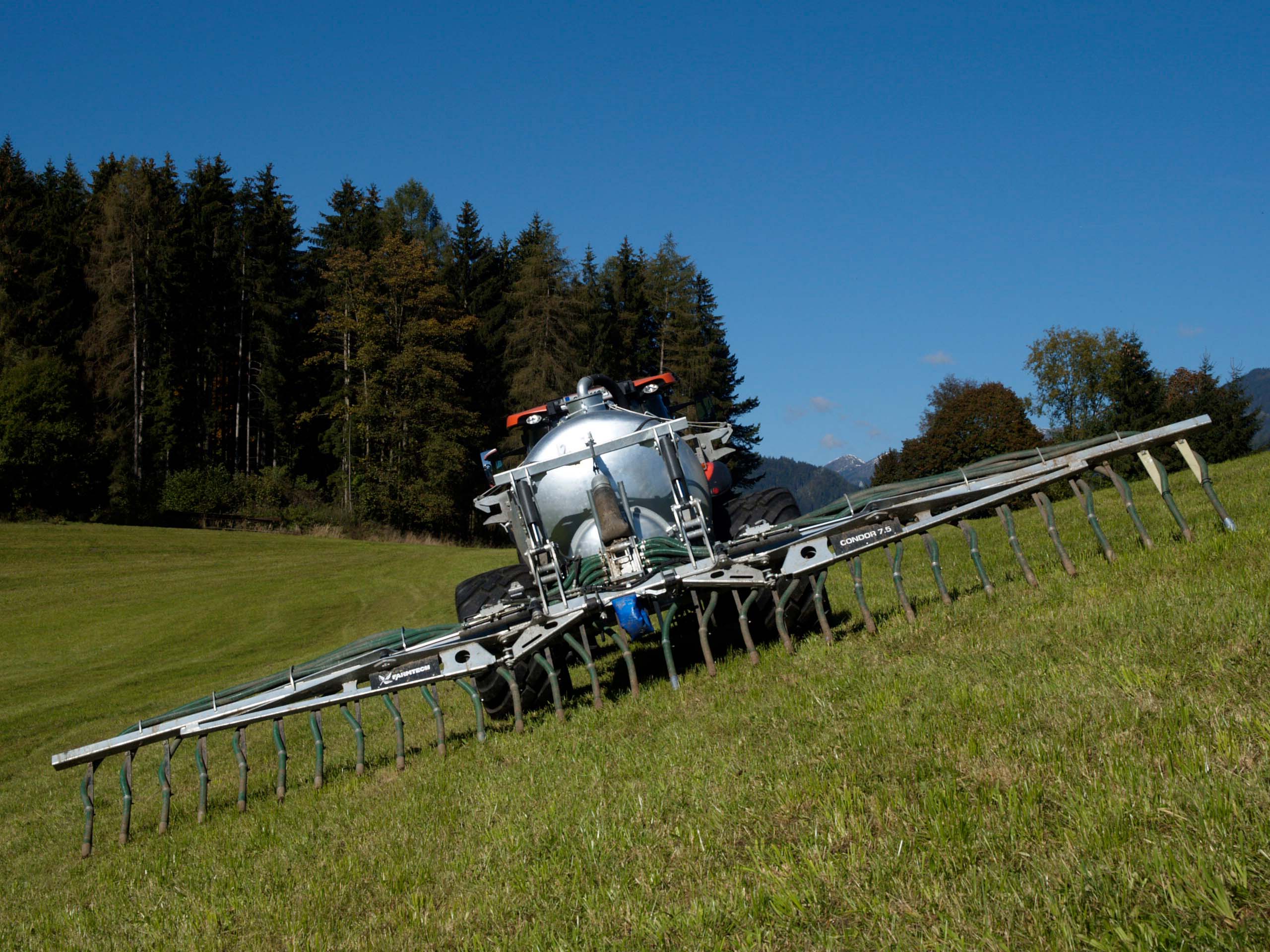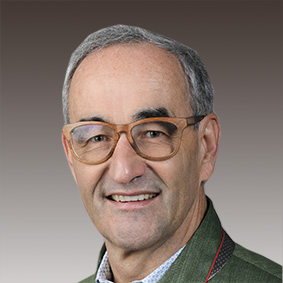Agriculture has changed fundamentally in the last 50-60 years. Whereas in the past 5 to 10 people were employed full-time on the farms, today it is not uncommon for 1 to 2 people to manage significantly more area and look after five or ten times as many animals as before. This means that the trend of globalization – constant (efficient) growth – has not stopped at agriculture. In addition, increasing pressure has developed towards greater animal welfare. So today, thank God, there are no more cattle that can only be kept tied up for the rest of their lives. However, this progress has also come at the price of the increase in liquid manure systems in stable keeping. For example, in 2005, over 60 percent of the cows were kept in a temporary tether system, often in combination with a manure system. Today, over 70% of cows are kept in a free stall barn, often in combination with a liquid manure system, i.e. liquid manure. This is progress for the animals; they can choose to lie in soft, comfortable cubicles. For the farmer, however, this also means more manure to spread. All animal excretions, whether as solid manure, manure or liquid manure, contain nutrients important for plant growth and are considered valuable “compound fertilizer” in classical fertilizer theory. With the liquid manure “manure”, the plants can now also be supplied with nutrients between individual cuts in the grassland. That's why we often have the feeling that it stinks a lot more today than it used to. This is often due to the adapted fertilizer management on the farms.
NEC Directive - What needs to be done in the future?
Due to the NEC directive, an EU directive, ammonia emissions in Austria must be reduced by 12% from 2030 compared to the base year 2005. In fact, as of today it is down 18%, as more ammonia has been emitted in recent years. Agriculture is the main cause of ammonia emissions at 94% and is therefore also required in this area. Ammonia is lost throughout the entire work chain on a farm (stable-storage-distribution). However, the largest share of this comes from the application of liquid fertilizer.
Humid weather, low daytime temperatures (< 15°), no wind, dilution with water for application or, in the field, incorporation as quickly as possible are some of the conditions under which the important plant nutrient nitrogen can be better retained in the circulatory system. Unfortunately, it is not always moist and cool at the right time and the next cut should be fertilized.
Therefore, in future agriculture, at least 50% of cattle manure and 80% of pig manure must be applied with a drag shoe or drag hose, i.e. close to the ground. Manure will probably only be allowed to be spread over a wide area after 2030 on sloped areas if at least 30% of the total area is steeper than 20%. On all other areas, a requirement for ground-level application is expected from 2027.
There is currently an ÖPUL funding measure that supports the additional costs for this form of application with 1 € / m3 of manure applied and an investment funding for the purchase of the distributor (not the barrel!) of 40%. Until the end of February there is also an AWS (COVID) subsidy with an additional 14% on the distributor and 7% for the barrel. The fear of many farmers that the feed will be more contaminated due to the band-shaped deposit of the manure than with From a technical perspective, manure spread over a wide area cannot be divided. In several series of tests at the HBLFA Raumberg-Gumpenstein and at the FAT in Switzerland, it was repeatedly shown that feed contamination is fundamentally a problem caused by manure that is too thick and applied too late. Manure diluted with water or even separated manure prevents contamination. With the trailing shoe, manure can even be spread out a week later because it is deposited into the scar area and not on top.
Summary
In summary, it can be said that we must invest more in ground-level application techniques in the coming years in order to avoid paying fines to the EU by 2030. If we negate that, then we will not only be missing the nitrogen that has been released into the air, but also some of the money for the agricultural budget, which we will then need for fines. Therefore, use the funding now to be prepared for the future!








